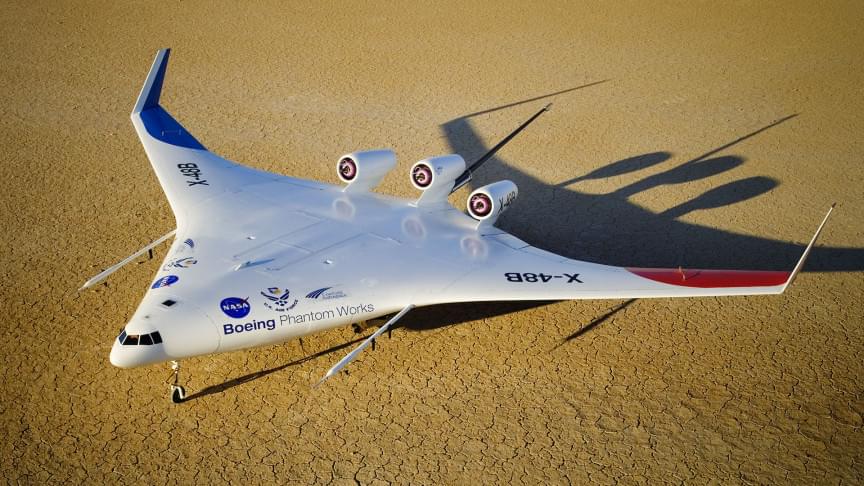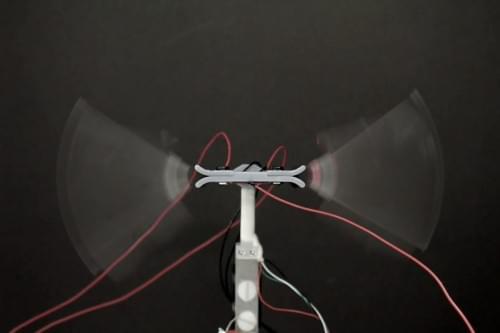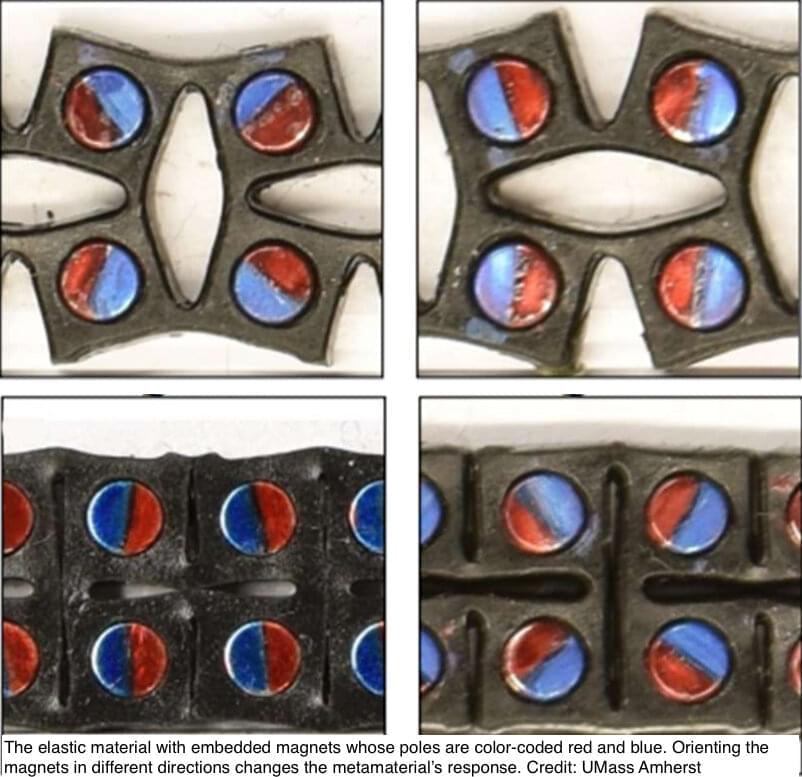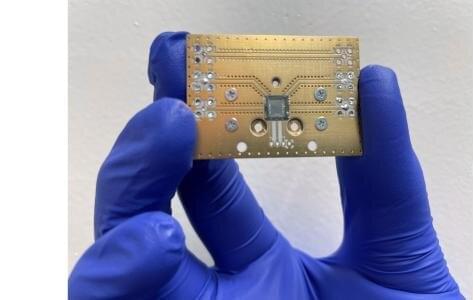Feb 3, 2022
NASA’s X-48 Aircraft Test Flights Promise a ‘Green Airliner’ For the Future
Posted by Gemechu Taye in categories: robotics/AI, sustainability, transportation
Fewer CO2 emissions, more cargo space.
California-based startup Natilus revealed a new unmanned aircraft that it believes will make air cargo more sustainable as well as cost-effective, a report from *NewAtlas* reveals.
The company designed a blended wing body aircraft, similar to NASA’s X-48 “green airliner” concept, which it says allows it to offer “an estimated 60% more cargo volume than traditional aircraft of the same weight while reducing costs and carbon dioxide per pound by 50%.” startup Natilus’ new aircraft promise fewer CO2 emissions and more cargo space.


















